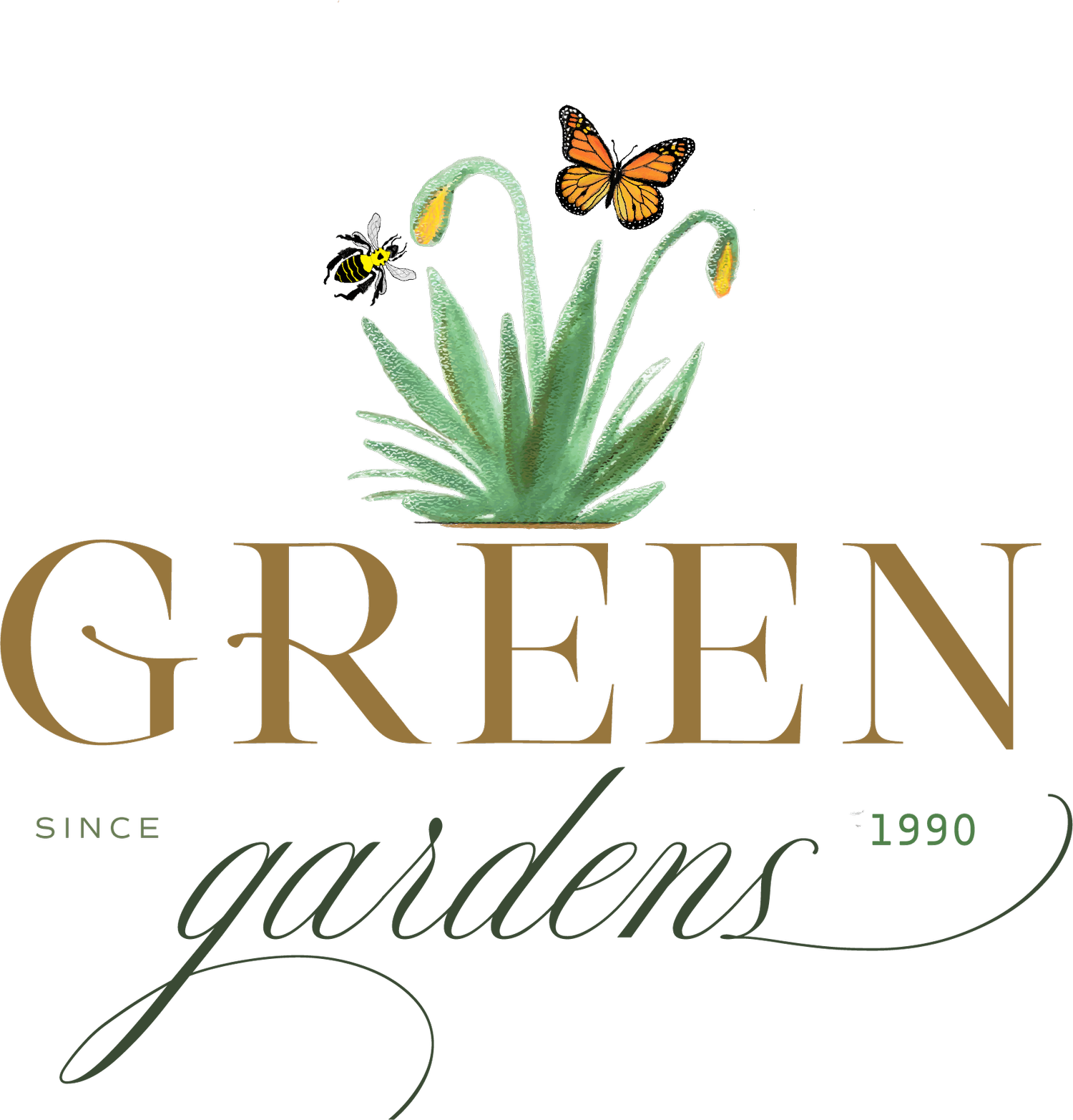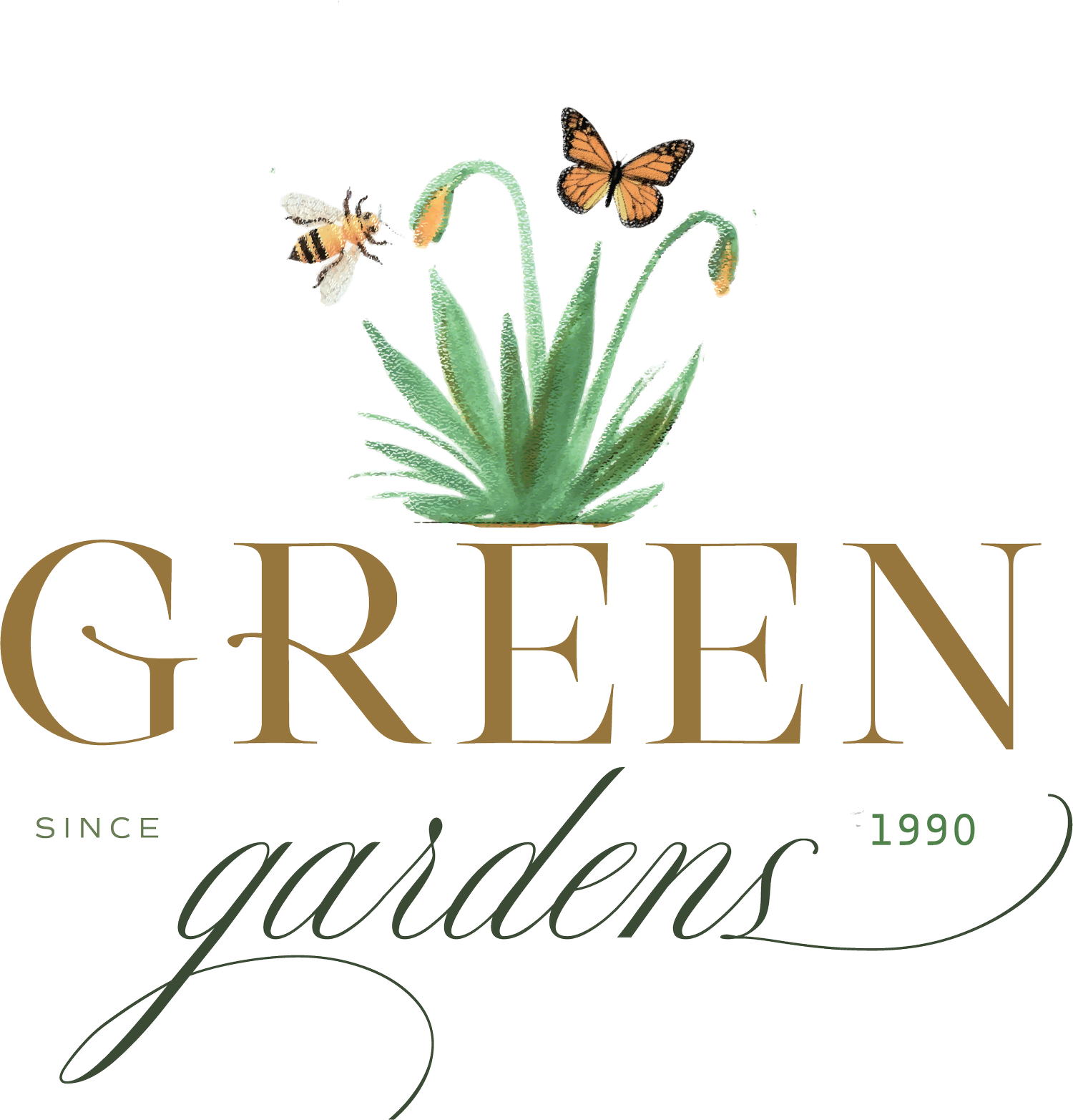Why Garden with Native Plants
Or… how you can do something positive in your home landscape
to combat climate change and species extinctions
Native gardens have vast benefits for humans and animals. Plants and animals have a very long evolutionary history together. When non-native plants are introduced into a landscape, the existing wildlife is unable to use them. This has had devastating consequences for the number of native animal and plant species because many of these introduced plants are very invasive and displace native plants. Natural landscaping is one way for homeowners to help prevent and repair some of this damage.
Why Non-Native Species Are A Problem/Issue
When our ancestors arrived in North America, the plants that greeted them were unlike the plants from their homelands. As a result, people brought plants from their countries to make them feel more at home. In the United States, this trend continues today with most plant designers using plants from Asia or South America for home and business landscaping. Many non-natives are invasive plants and exact a huge toll on native North American wildlife because they are not part of their evolutionary history.
We usually learn about the concept of a food web in elementary school. The complexities of food webs can’t be understated. Plants, which convert solar energy to food by photosynthesis, are the primary food source. Millions of years of evolution have created a synchronized dance between plants and the animals that consume them. Many species of animals can only eat one species of plants, and so we call these animals specialists.
Non-native plants are not beneficial because when they displace native plants, the animals that depend upon the latter for food will also disappear. In October of 2017, a German study found that, “measured simply by weight, the overall abundance of flying insects in German nature reserves had decreased by 75 percent over just 27 years.” Many of these non-native species become invasive and are long term problems.
An analysis of eleven studies published in the Proceedings of the National Academy of Sciences in January of 2021 evaluated the recent documentation of insect species and numbers that are declining The study states “Abundant evidence demonstrates that the principal species, nitrification, and pollution—underlying insect declines are those also affecting other organisms.”
Benefits Of Native Plants
Native species and plantings are beneficial in our home gardens for many reasons. First, they give us a sense of place. In this modern age of strip malls that look exactly the same from state to state, plants help anchor us to our location and our history.
Second, native plants require much less care than non-native plants. Because these native plants have evolved in a specific habitat, they have evolved strategies to help them thrive in local weather conditions. This means that they are more drought tolerant than non-native plants and often aren’t very particular about the soil conditions that they grow in. For example, a native meadow, or prairie garden, only requires a yearly mowing, versus the weekly mowing of a lawn, and the latter requires the use of fertilizers and weed killers.
Third, natural landscapes support local wildlife. Lepidoptera, moths and butterflies, will only lay their eggs on one species or genus of plants. This is because these are the only plants their caterpillars can eat for food. Non-native plants often do not support local wildlife.
If you love birds and would like to see more species in your yard, you will need to choose native trees and plants. Doug Tallamy, author of “Bringing Nature Home” has data that show how important insects are to bird reproduction. 96% of bird species feed their babies insects. One of their favorite insect meals are caterpillars, because they are soft and full of protein. For one nesting pair of chickadees to successfully raise three fledglings requires that they find and deliver 390-570 insects per day for 16 days. Chickadees often will produce two to three clutches of eggs during the summer.
This means that these parents must provide over 27,000 insects for their young to be successful.
Native plants are the best provider of food for these insects because they have an evolutionary past with insects.
The landscape does not have to be all native plant species. Doug Tallamy also found in his research that landscapes with up to 30% non-native plants still produced successful chickadee fledglings (this may not be true for other bird species; research is still ongoing). It is OK to grow non-native plants if you don’t exceed this 30% limit. There are many non-native plants that have sentimental value, such as Gardenias. I can’t imagine a summer without Gardenia perfume wafting through the hot still air.
What’s wrong with my lawn?
I can’t talk about native plants without mentioning how devastating lawns are in the United States. Lawns are a fairly recent human construct. Lawns became symbols of civilization with the European colonization of the Americas. Almost all grass species used in the United States are from Europe. Currently, there are over 40 million acres of lawn growing in the United States. There are multiple problems with a landscape that is all grass.
First, lawns are a huge drain on our water resources. Almost 75% of a homeowner's water use goes to the lawn. Out west, where water resources are precious, this is a huge waste of water. It is estimated that the United States uses 9 billion gallons of water a day to maintain lawns. Second, lawns use huge amounts of fertilizers and herbicides to maintain that perfect green carpet. The Deep Roots Project estimates that “nearly 80 million pounds of pesticide active ingredients are used on U.S. lawns annually.” The Deep Roots Project also reports that over “90 million pounds of chemical fertilizers are used on lawns annually.” These chemicals have huge consequences for our ecosystems. A large proportion of these chemicals end up in our water systems and cause problems for wildlife and humans.
Lawns are also a monoculture (ideally). Monocultures aren’t found in nature as anyone that has tried to maintain a weed-free lawn will know. The lawn monoculture does not promote wildlife diversity, and this has contributed to the loss of species and the reduction in numbers we are currently seeing in animals.
Lawns are expensive. Americans spend over 30 billion dollars a year on lawn maintenance. Wouldn’t it be better to utilize a fraction of that money and create native spaces within native landscapes?
Transitioning to a native landscape
Planting with native plants isn’t an all or nothing endeavor. Even the smallest native garden is useful and can make a huge difference. Doug Tallamy says, “In the past, we have asked one thing of our gardens: that they be pretty. Now they have to support life, sequester carbon, feed pollinators and manage water.” As a result, Dr. Tallamy started a program called Homegrown National Parks with the goal of connecting individual homeowners, property managers, farmers and anyone interested, with a small plot of soil for native plants. This is the largest cooperative conservation project that has ever been designed or attempted in the US.
The goal of Homegrown National Parks is to create 20 million acres of native plantings in the United States. This area represents about half the acreage of the green lawns currently existing on private properties.
What native plants will do the most good?
Landscape design is important when transitioning to native landscapes. Planting native trees is one of the most powerful changes you can make in your landscape. Native trees offer many benefits:
Native trees offer shade, which can reduce cooling costs in this warming climate. They also host numerous animal species. Native oak trees host over 534 species of Lepidoptera compared to a Bradford Pear tree (common landscape tree from Asia) that only hosts one species or a Crepe Myrtle tree (native to Korea and China) that doesn’t host any species.
Native trees are also extremely good at sequestering carbon, which contributes to climate change. One native tree can sequester 48 pounds of carbon dioxide a year, which, over a forty-year lifespan—still young for a tree—can amount to almost a ton of carbon dioxide removed from the air we breathe. Why not do your part to combat climate change by planting native trees on your property?
If you are interested in flowers to attract butterflies, insects, birds and other wildlife to your property, even a small 6’x6’ bed would be a great start with the right native plant choices. Don’t forget to use a good native groundcover (NOT English Ivy). Ground covers help prevent water evaporation from your plants and provide shelter and moist soil for invertebrates that are eaten by many species of birds. Setting aside a corner of your lawn for leaf litter will provide habitat for earthworms and other decomposers that birds love to eat. Leaving your leaves also provides habitat for fireflies, which are a source of entertainment for the whole family.
Know your native plants
It is important to know the native plants in your area, and I recommend finding your local native plant society or using a reputable online resource such as Audubon or the Lady Bird Wildflower Center . Both of these organizations offer easy search tools for soil types, moisture levels and the amount of sunlight in your lawn.
Native plant designers in your area are great resources. If you live in the Atlanta area, I would love to help you transition your property to more native plants. My contact information is tneal@greengardensedu.com or https://greengardensedu.com/
References:
https://journals.plos.org/plosone/article?id=10.1371/journal.pone.0185809
https://www.nature.com/articles/s41586-019-1684-3
https://psci.princeton.edu/tips/2020/5/11/law-maintenance-and-climate-change
https://19january2017snapshot.epa.gov/www3/watersense/pubs/outdoor.html
https://www.deep-roots-project.org/pesticides-toxic-fertilizers

